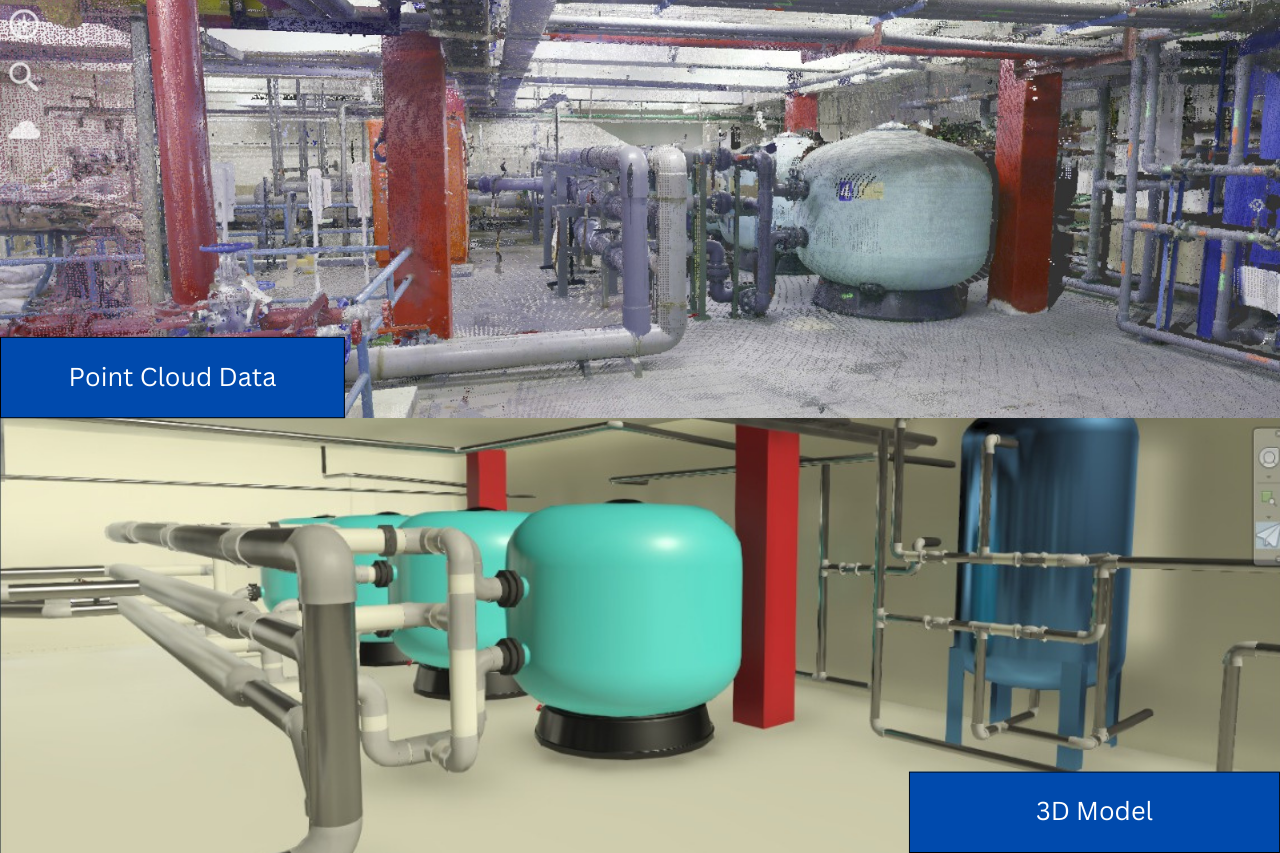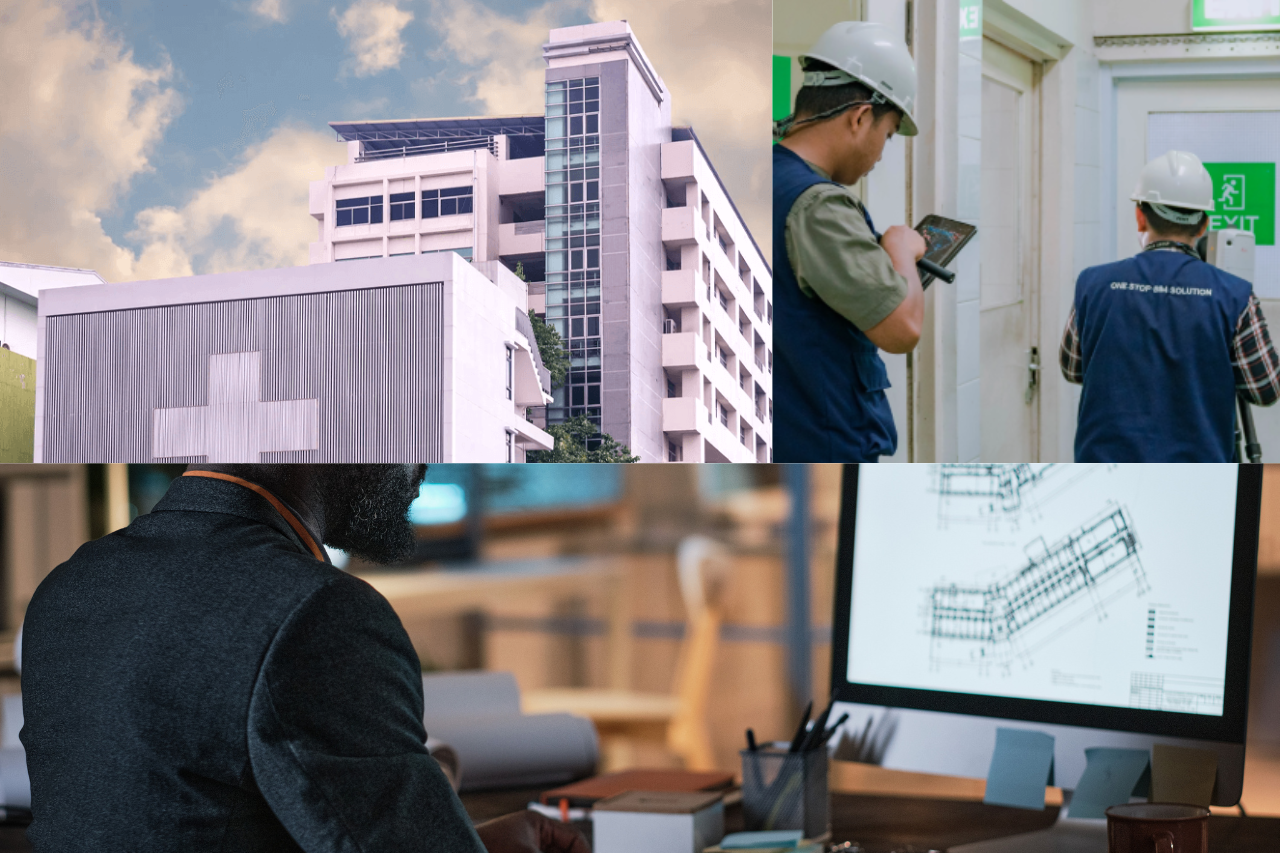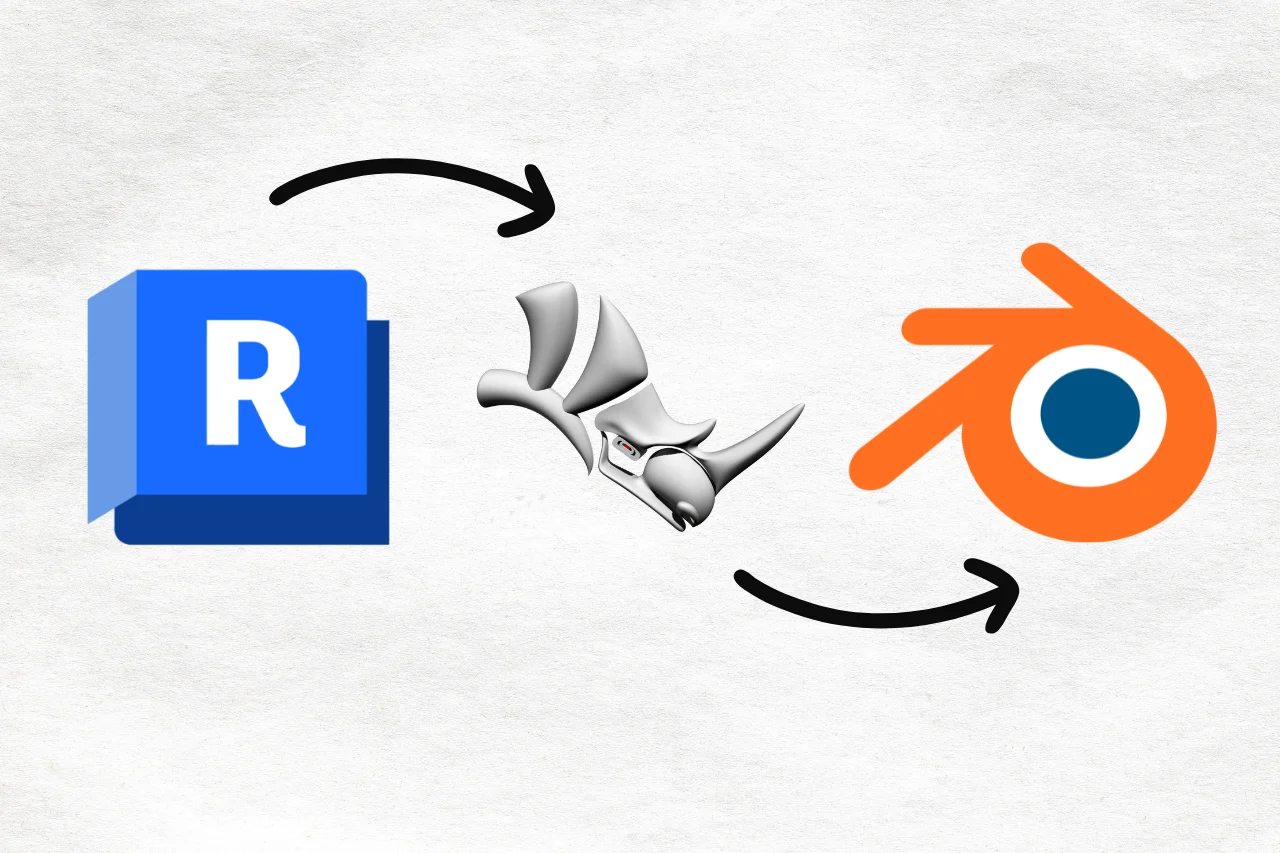One Stop BIM Solution
Did you know that around 80% of the Total Cost of Ownership (TCO) of a building asset occurs during the operation and maintenance phase? This fact highlights that the facility management stage is far longer, more complex, and costlier than the construction phase.
A report by FMI Corp. (2018) further reinforces this with the following findings:
- 95.5% of data in the Engineering & Construction (E&C) industry is never utilized.
- 13% of construction teams’ working hours are spent just searching for project data and information.
In reality, complete and accurate data is the foundation for efficiency, sustainability, and asset optimization. Without proper management, a building or infrastructure risks cost overruns, delayed maintenance, and even a faster decline in asset value. This makes Facility Management (FM) a critical factor in maintaining efficiency and sustainability throughout an asset’s lifecycle.
What is Facility Management?
Facility Management (FM) is the set of activities focused on controlling the condition and usage of physical building assets to ensure smooth daily operations. However, FM often faces significant challenges:
- Data is scattered and stored across multiple formats.
- Maintenance records are poorly documented.
- Decision-making becomes slow and inefficient due to a lack of data integration.
BIM for Facility Management
Building Information Modeling (BIM) is not only valuable during the design and construction phases, but it also delivers significant benefits when applied to facility management. With BIM, all building-related data is consolidated into a detailed 3D digital model. This model is more than just a visual representation, it is an interactive database containing material specifications, maintenance schedules, component lifespans, and repair history.
With BIM, facility managers can:
-
Track Asset Conditions in Real-Time
BIM allows every building element to be linked with current condition data. For example, if an AC unit shows performance issues, that information can be directly integrated into the BIM model. Facility managers no longer need to guess or search through manual documents; they just open the digital model to see the status and details of the asset.
-
Plan Maintenance and Repair More Efficiency
With well-documented historical data in BIM, managers can create more accurate preventive maintenance strategies. For example, an elevator that usually requires servicing every 6 months can be automatically scheduled, complete with spare part details, vendor information, and responsible technicians. This reduces the risk of sudden breakdowns that usually cost more. The direct impact is better-controlled maintenance costs and longer asset lifespan.
-
Optimize Daily Operations
BIM helps unify all building data that was previously scattered in documents, spreadsheets, or manual archives. With this integration, facility managers can make faster decisions regarding space utilization, energy efficiency, and building security.
Time to Switch to BIM
If until now your facility management is still stuck with manual records, scattered documents, or hard-to-access data, now is the time to transform. Building Information Modeling (BIM) brings higher efficiency, transparency, and accuracy in asset management.
In Indonesia,
- Scan to BIM: Using 3D Laser Scanning or LiDAR, GeoBIM captures the existing condition of buildings with precise detail. This data is then processed into an accurate 3D BIM model, because asset management should start with a valid digital representation.
- 3D Modeling: GeoBIM develops BIM models that are rich in information, not only in 3D form, but also complete with data such as specifications, asset lifespan, and maintenance history.
- Facility Management with BIM: GeoBIM helps asset owners use BIM models for daily operations, maintenance planning, energy efficiency, and space optimization.
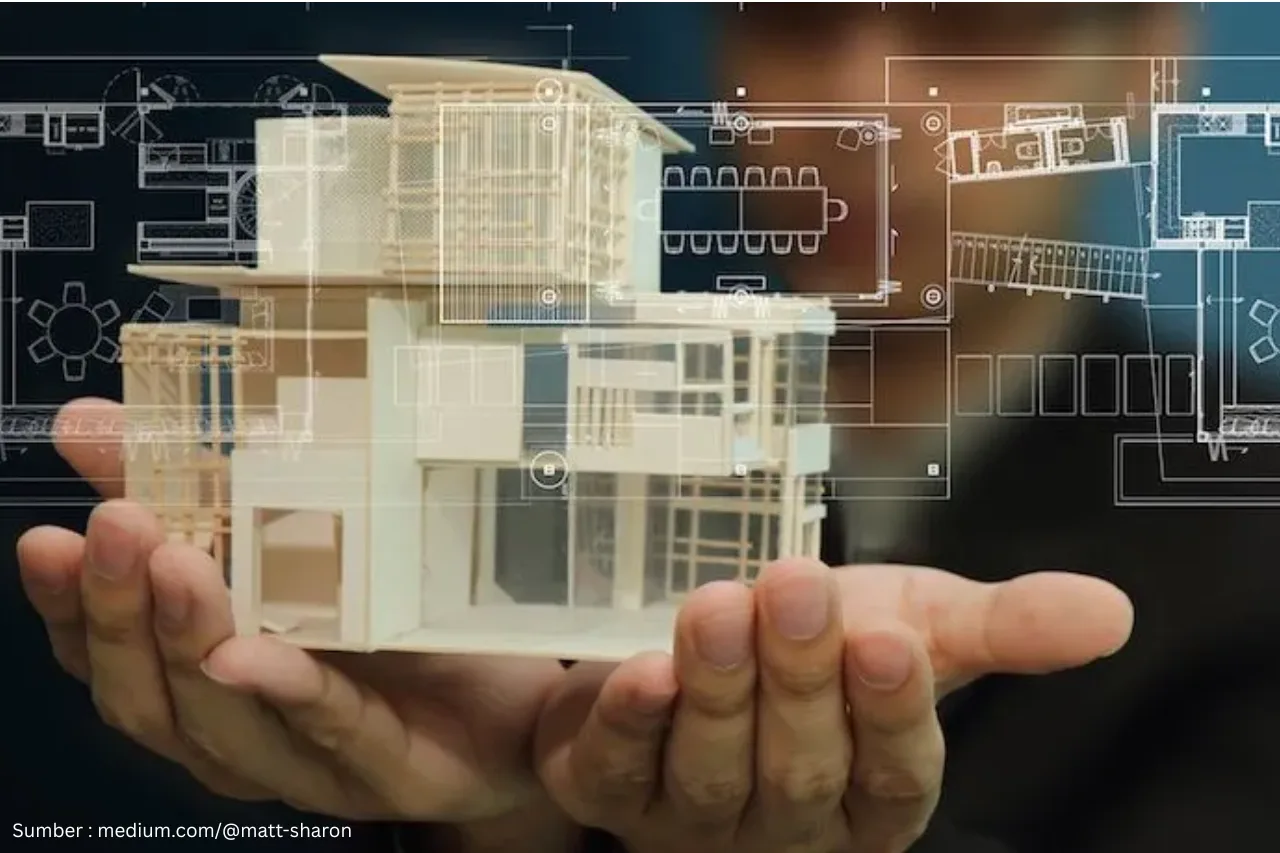

.png)
